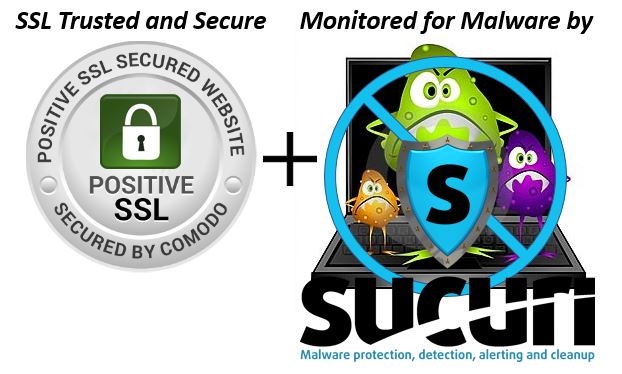In this fifth article of the series called “Taking Control of your Windows Desktop“, I continue talking about organizing the Windows 7 desktop, and specifically talk about how the Desktop is actually a “folder” on your computer that you can “save” things to, just as you do any other folder. The difference, of course, is that the Desktop is a folder you can see all the time.
I also talk about the 4 different types of desktop icons (program shortcut icons, System icons, file icons, and folder icons), and how you can create folders on the desktop to help keep icons organized.
[NOTE: In my book, the Windows PC Guidebook I talk in great detail about how to work with the Windows Desktop. CLICK HERE to learn more about the book.]
Click on the video below to see how to organize the Windows 7 Desktop part 2.
Click the lower-right corner button (above) to go Full Screen—>>>
Once the video starts playing, click the “gear” button (above) to change the video quality—>>>
And if you missed any of the other “Taking Control of your Windows Desktop” video articles, here are links you can click to see them…
- Create a shortcut in Windows
- Pin a shortcut to the Taskbar
- How to Change Windows 7 Desktop icons
- Organize the Windows 7 Desktop – Part 1
- Organize the Windows 7 Desktop – Part 2
- Customize the Windows 7 Notification Area
- Change the Windows 7 Desktop background
- BONUS: Change Windows 7 Screen Resolution
As always, I’d love to hear your experiences or comments. You can leave them below…







Can you tell me the difference between the pictures I upload from my camera and those that I upload from my Droid phone? I thought they were all the same but the phone pictures, if I try to print them, come out small and are hard to crop or resize. Thanks…Kathie Miller
Hi Kathie…
Most smartphones (like your Droid) are simply cell phones that have an actual camera build into them, which means they take pictures just like a regular camera. This also means that phones (like cameras) save the pictures in a format called JPG (or JPEG), which is a universal computer file format invented originally for the Internet.
For more info on JPEG, here’s a blog article I did on them.. https://www.discoverskills.com/what-are-jpegs-learning-about-the-most-popular-picture-file-type/
BUT… all cameras can vary with regards to their “resolution”, or the number if “pixels” they take. When you see advertisements for cameras (and phones) they talk about “how many MegaPixels (MP) the camera is”. That number refers to how many “millions” of pixels each picture from the camera has in it.
Now, this megapixel number primarily determines how big of a “perfect” print you can make from the digital image you take. The larger the number (such as 8MP, 10MP, 14MP, etc.), the larger the print.
For example, my Sony camera is a 16MP camera whereas my iPhone 4S is 8MP. The pictures from the camera are higher resolution (more MP) than the iPhone pictures, and therefore, would “look bigger” and could produce bigger prints.
With that in mind, my guess is that your Droid has a lower MP number than your regular camera, which would explain the size difference you see when you compare the two.
Now, with regards to the editing and sizing problems… that I’m not sure about. The MP size difference shouldn’t make any difference in your ability to edit the pictures… again assuming they are both producing JPG pictures.
What you could do, is send me one of the Droid pictures (jlortz@discoverskills.com) and let me take a look at it. Perhaps I could tell you more.
John Lortz